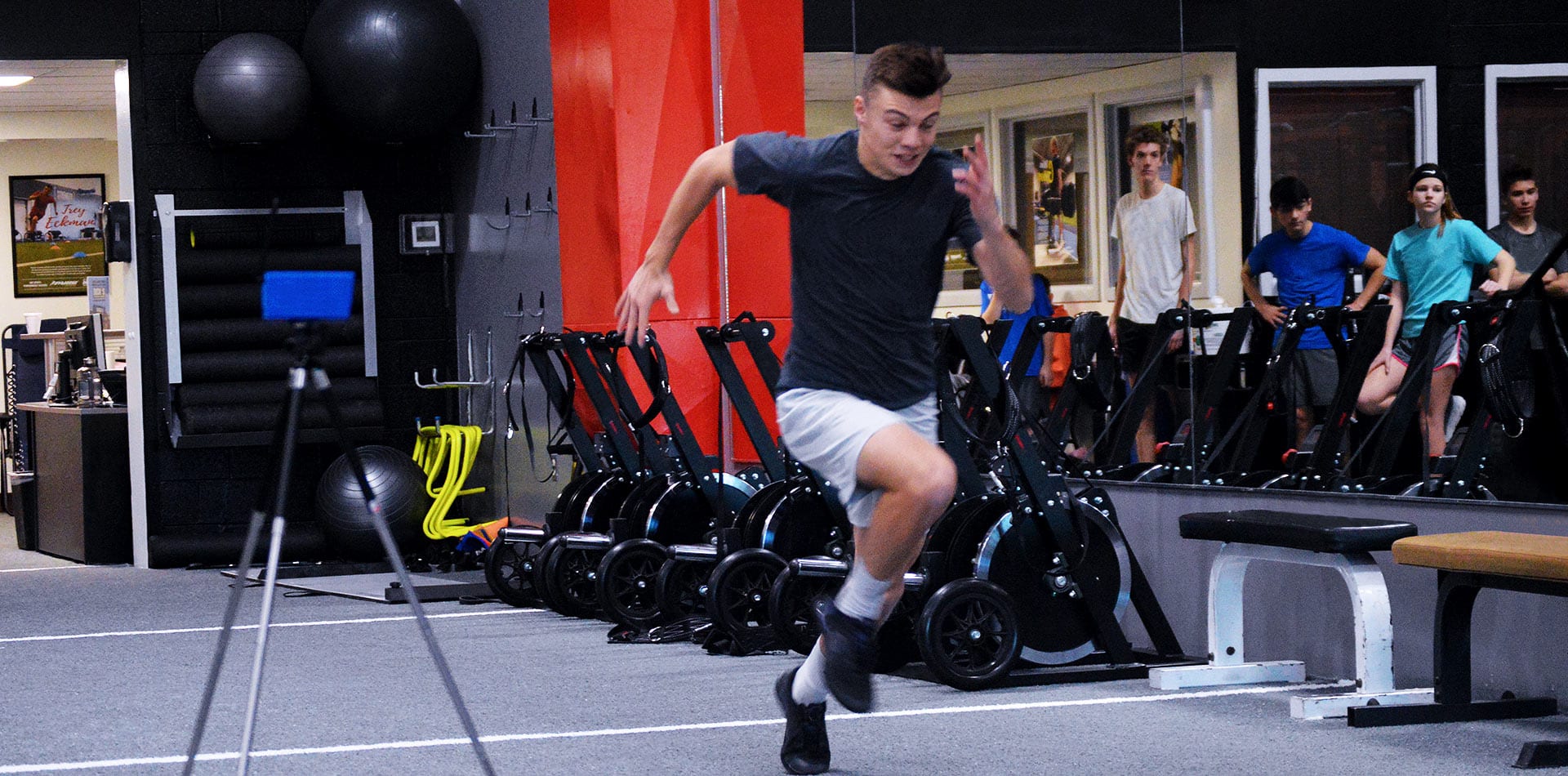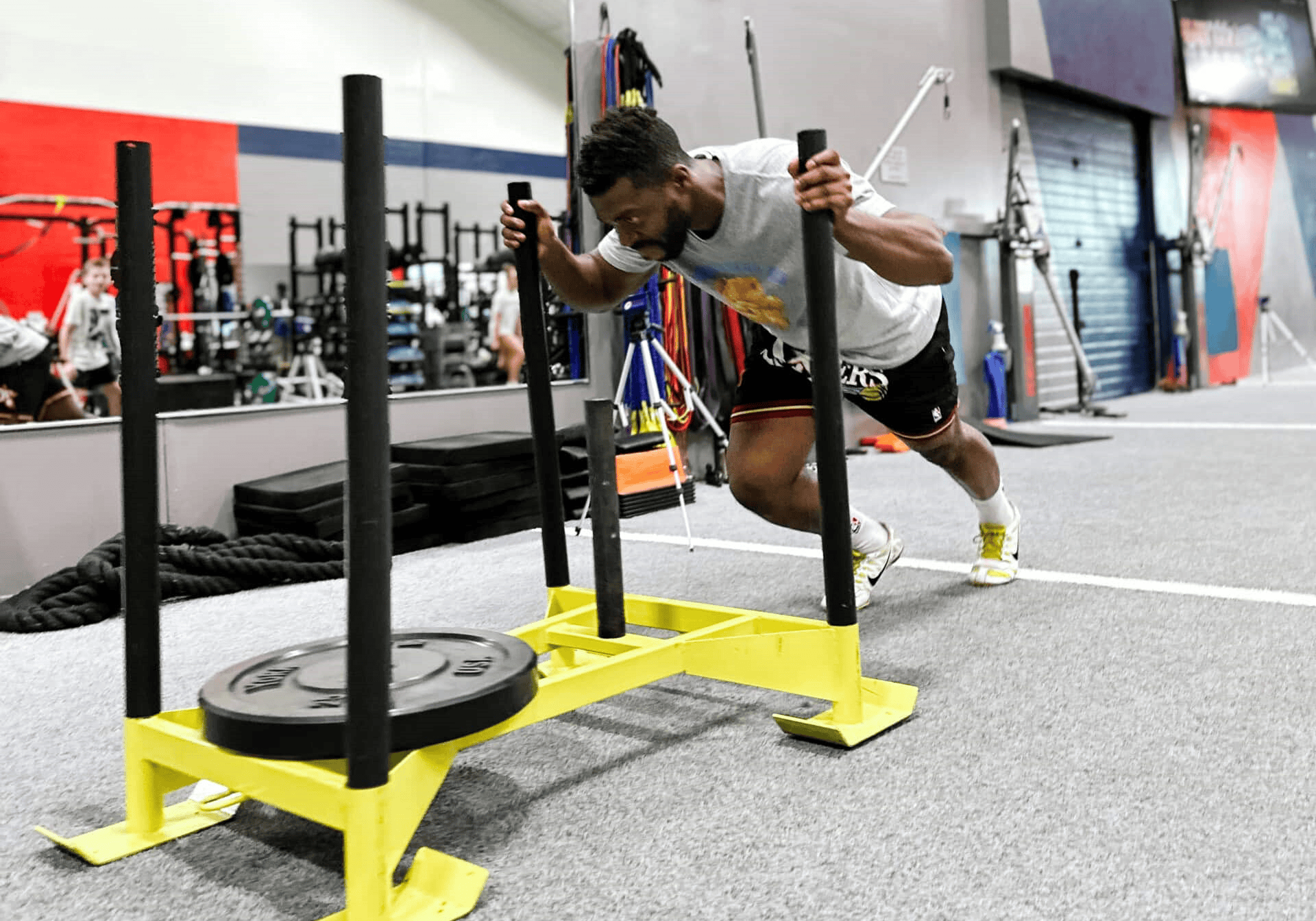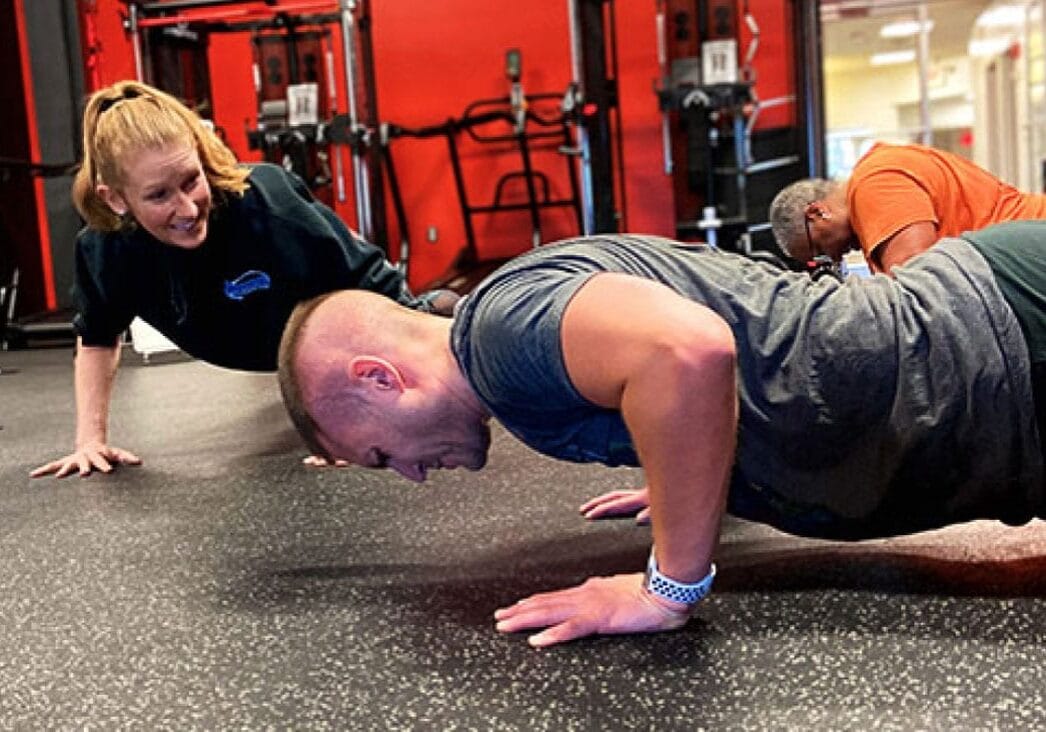
9 Simple Steps To Speed Training
Speed Training Made Simple
Can you teach speed?
Running speed used to be considered a born trait; you either had it or you didn’t. Over time, though, the strength and conditioning world came to realize that that’s far from the case. The truth is that speed is a skill that can be trained regardless of an individual’s genetics, anthropometrics, predispositions, etc. And, as is the case with any other skill, speed is largely dependent on a number of factors that can be developed, refined, and “mastered” over time.
Why does it matter? It’s no secret that speed is the key trait that separates the “good” athletes from the elite – and if an athlete isn’t getting faster, it’s only a matter of time until they reach a glass ceiling in terms of their potential.
What’s the best way to get faster, then? It’s simple: 1) sign up for high-level coaching, 2) follow an intelligent training program, and 3) read the following guide!
-
Sprint more.
This is the easiest and most obvious solution, albeit the most overlooked. The simple act of sprinting is often skipped in favor of the latest and greatest drills, techniques, and speed “hacks” that make little to no difference. The reality is that getting faster requires deliberate practice with the primary goal of sprinting at maximal intensities. The body has an amazing ability to find better positions and improve biomechanical efficiency the more it’s exposed to something, and sprinting is no exception.
And, no, games and practices don’t count. Excluding track, athletes rarely sprint in excess of 10-20 yards, which makes 10- and 20-yard sprints more than enough. Acceleration is the game-changer that makes all the difference – not top-end speed. Speed is a skill, and like any other skill, improvement is a result of a learn-by-doing approach. To get fast, you have to run fast!
-
Get stronger.
Strength is defined as the ability to exert force. In the context of speed, strength is measured by the amount of force that the foot exerts into the ground on each and every step. You can take someone and make them the most perfect bio-mechanical sprinter in the world, but if they don’t have a good strength-to-weight ratio, they’re not going to go anywhere.
In other words, mass-specific force (strength relative to body weight) is a critical component of speed. It’s not how “fast” the feet move when running that matters, but rather how much force is put into the ground with each step. The formula is simple: the greater the force production, the greater the forward motion.
-
Get more powerful.
Whereas strength is the ability to exert force, power is the ability to exert force quickly. In other words, strength is the foundation – power is its meaningful implementation. If a training program focuses excessively on strength to the exclusion of power development, speed and overall athleticism will suffer. Jump variations, medicine ball throws, explosive lifts, and a variety of plyometrics are among the most powerful tools for developing power.
-
Repeat Steps 2 and 3 – on one leg.
You might be the strongest, most powerful person in the world on two legs, but it won’t do you any good if you’re neglecting single-leg training. The reality is that running takes place on one leg at a time, so intelligent training for speed and athleticism should follow suit. Among many other things (jump height, injury prevention, etc.), single-leg training is a key contributor to acceleration, top-end speed, and a powerful first step.
-
Improve mobility.
During a sprint, the motion of the legs creates a circle. In the context of sprinting, a bigger circle equals greater force production and increased stride length. As a visual, compare one full rotation of a basketball with one full rotation of a golf ball. Obviously, the rotation of the basketball covers much more ground than the rotation of the golf ball. Likewise, when the leg’s “circle” is greater in size, ground force and subsequent stride length improve.
Where does mobility fit in? The differentiating factor between a big circle and a small circle largely comes down to one’s hip mobility (or lack thereof). A runner who brings their hips up to waist level, for example, is going to crush someone who can’t lift their knees past 45 degrees. Although mobility is rarely talked about in regards to speed, it can make a world of a difference.
-
Train the core to resist movement.
The better the core is at resisting movement, the more efficiently the arms and legs will move as a functional unit to produce greater speed. Forget about sit-ups, bicycle crunches, and Russian twists. To optimize speed, the core needs to be trained to resist movement for overall strength, function, and resilience. Exercises that focus on resisting lumbar extension (e.g., ab wheel rollouts), rotation (e.g., chops and lifts), and lateral flexion (e.g., side planks) are among the best bang-for-your-buck options.
-
Don’t let speed work become conditioning work.
When training for maximal speed, rest periods (or lack thereof) between sprints can make or break progress. Any athlete understands that a full-blown, all-out sprint is extremely taxing on the body. While this is a vital component that allows positive adaptations to take place, full recovery between sprints is all but mandatory in order to prepare the body for the next sprint.
The reality is that a fatigued athlete is a weak athlete, and a weak athlete is a slow athlete. The primary goal when training for maximal speed is to improve maximal speed – not conditioning. Save that for a separate session.
-
Improve technique.
Biomechanical issues like foot placement, shin/torso angles, landing mechanics, arm action, and even ankle and toe positioning can make a huge difference in terms of speed. It’s not uncommon for some of our athletes to make dramatic improvements to their sprinting times as a result of one or two subtle corrections. Small hinges can swing big doors in this regard, and understanding sprint mechanics is paramount.
That being said, breakdowns in technique are often a manifestation of other, less obvious issues that need to be addressed separately. In other words, poor technique can be a symptom rather than a cause. For example, a lack of hip mobility can lead to poor front-side running mechanics. Weak hamstrings can inhibit the rear leg’s ability to decelerate and re-accelerate, leading to back-side “drag.” Similarly, a lack of core stability can lead to weak or loose arm movement and poor overall balance.
It can sound complicated, but it doesn’t have to be – which leads me to my final (and most important) point.
-
Get a coach.
There’s a reason why all of the top sprinters (and athletes) in the world have coaches. They know better than anyone that 1) there’s always room for improvement, and that 2) you can’t do it on your own. Though all of the previous factors are vital for speed development, focusing on these elements without coaching will eventually lead to stalled progress.
If you’re serious about taking your speed to the next level, you need an experienced, high-level professional who has worked with hundreds of athletes and achieved quantifiable results on a consistent basis. Our Sports Performance trainers at Universal Athletic Club are ready to help!
In our program, most of the athletes who come to us improve their sprint times by anywhere between 0.2 and 0.4 seconds within their first 3 months of training. In a youth sports game, that can make the difference between a ground out and a single, or a touchdown and an interception. In the NFL combine, it’s the difference between a $5 million signing bonus and going undrafted. Every bit counts! Get started today.




